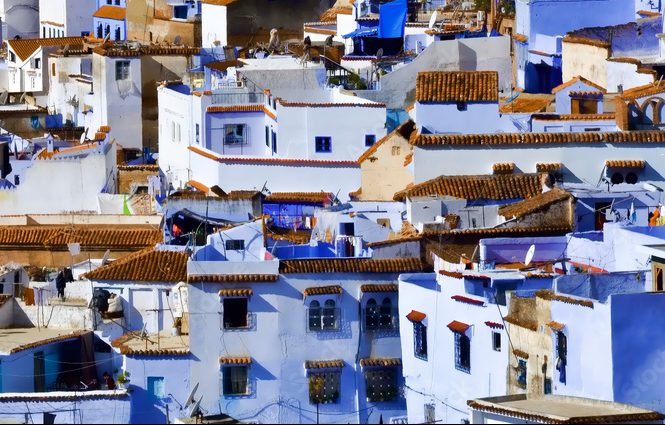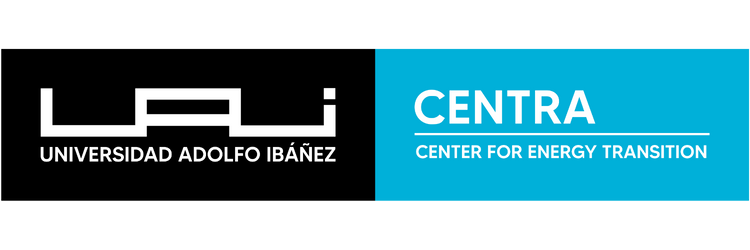
White roofs, the strategy to lower the temperature of houses
December 28, 2022
“Reducing indoor temperatures by 5°C to 10°C can significantly enhance living comfort,” highlights a specialist. Could this work in Chile?
In the Indian city of Ahmedabad, a family spent about $135 (roughly $120,000 CLP) to paint the 7.5 square meters of their home’s concrete roof white. With no windows, the house reached nearly 46°C during the hottest periods, making it nearly uninhabitable. After painting, the family could finally rest comfortably inside, even at night.
This initiative was part of a UN pilot project to popularize “cool roofs,” or white-painted roofs, which, according to the organization, can reduce roof surface temperatures by up to 30°C and interior temperatures by nearly 10°C in areas of extreme heat like Ahmedabad.
This technique has gradually been adopted in India and is already widely used in iconic Mediterranean islands like Mykonos and Santorini in Greece, as well as in cities in Morocco and Algeria.
The Science Behind Cool Roofs
“Using white paint can effectively lower temperatures,” explains Felipe Larraín, an electrical civil engineer and researcher at the Energy Transition Center (Centra) of Universidad Adolfo Ibáñez’s Faculty of Engineering and Sciences.
The sun emits photons, particles of light in various colors. “A white surface reflects many colors and photons because white is the sum of all colors. It doesn’t need to absorb more, so it reflects light,” Larraín explains. Conversely, black surfaces absorb light, transforming it into heat.
“Black is the absence of light, which is why it absorbs most of the light it receives. Photons penetrate the black layer,” Larraín continues. This absorbed light is converted into heat, explains Juan Paulo Alarcón, director of the Architecture program at Universidad Andrés Bello in Viña del Mar.
This principle has led to the increasing popularity of white roofs. “In Europe and Africa, this practice is expanding. While not new, it has been used for years in high-solar-radiation areas where reducing temperatures by 5°C to 10°C can significantly improve living comfort,” says Luis Moya, general manager of Tekno-Inspec, a construction inspection firm.
Architect Carlos Galdames from Universidad Diego Portales points out that roofs are prioritized for painting over walls because they receive the most direct sunlight.
Could It Work in Chile?
In Santiago, applying white coatings like paint, resin, or reflective solutions to a roof could reduce indoor temperatures by about 4°C to 5°C, says Larraín. However, the effectiveness depends on the house’s location, insulation materials, and construction type.
The main drawback arises in winter. “This technique keeps spaces cooler in summer, reducing air conditioning costs, but it can make homes colder in winter. For example, using it in Puerto Montt could make the house uncomfortably cold, while it might be more suitable in Chile’s desert regions,” Larraín explains.
White roofs also require frequent maintenance due to dust and pollution, says Alejandro Rebolledo, an academic from Universidad del Desarrollo’s Center for Research in Technologies for Society (C+). “Constant sun exposure deteriorates the coating quickly. Several coats of white paint may be needed to cover the roof, increasing costs. On brick or cement roofs, three to four coats might be necessary,” he estimates.
Chile’s Roofing Context
Carlos Aguirre, an architect and researcher at Universidad San Sebastián, notes that roofs in Chile are typically sloped, with regulated insulation levels. The space between the ceiling and roof often traps heat, preventing significant warming of the first floor.
Sebastián Cifuentes, an architect at Universidad Mayor, agrees: “Attic spaces or cavities in the roof act as air chambers, effectively insulating and preventing heat from transferring below.”
In conclusion, while cool roofs can improve comfort in hot regions, their effectiveness in Chile depends on the specific climate and housing design.
Courtesy of LUN.
